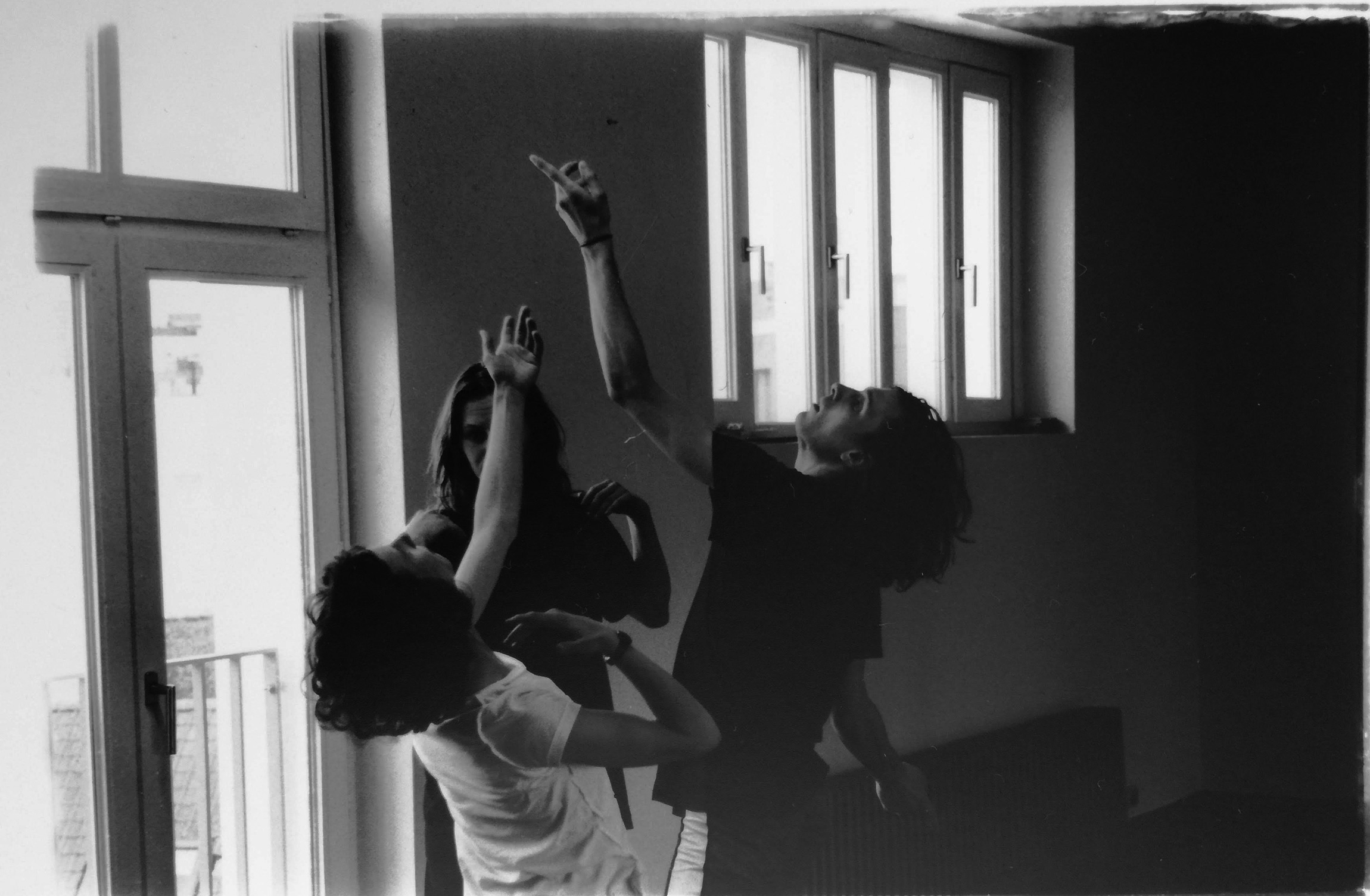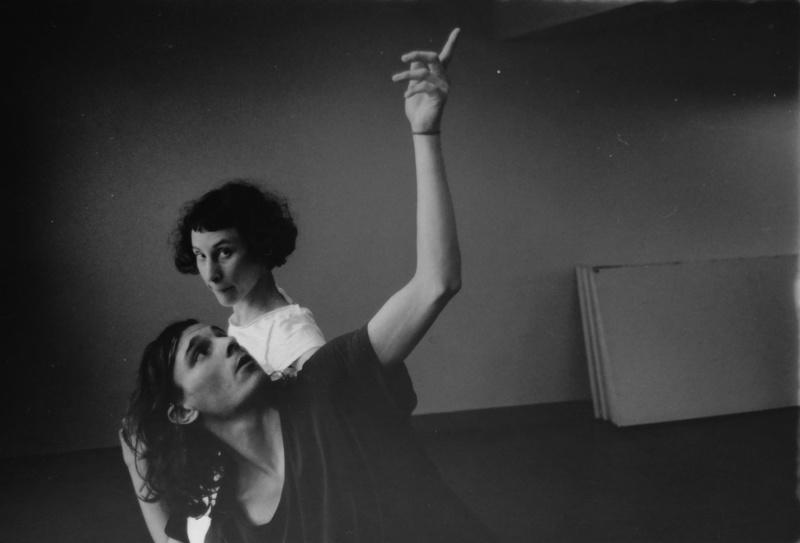
The myth of sculptor Pygmalion and his come-to-life statue and self-created muse Galatea has been seducing artist for centuries but these repetitive contributions were about the last thing on the mind of up-and-coming choreographer Femke Gyselinck when asked by Belgium’s early Baroque music festival (MAfestival Bruge) to reinterpret the classic 1748 act de ballet by Jean-Philippe Rameau and the 1779 monodrama remake by Georg Anton Benda for an unprecedented double-header performance. “When people think of Pygmalion, they think of the artist as genius but I’m not interested in reiterating those kind of didactic readings especially with how gendered they’ve been,” Gyselinck says. “With this opportunity, I knew I wanted to do something that expanded the story and the conclusions that could be drawn.”
Her approach stemmed from the festival’s unusual proposition. Never before paired on one bill, the differences between Rameau and Benda’s Pygmalions offered Gyselinck a chance to look at how historic myths evolve alongside and are altered to reflect contemporary philosophy. “What I thought was really intriguing about this juxtaposition was that it reveals the radical shift in philosophy we see in 18th-century thinkers as they turn from religion as truth to humanism,” Gyselinck says. “In Rameau’s version, inspiration is seen as a product of divine intervention whereas when we get to Benda’s iteration at the other end of the century we are invited to imagine that the magic of creativity is actually a product of Pygmalion’s mind. I was interested in how this could be played out in the movements of the dancers.”

To bridge the gap, Gyselinck emphasizes the story’s narrative rather than the individual characters who have been heroicized by art history. In her version, there is no Pygmalion or Galatea necessarily, but a moving mass of limbs and figures that act out and fall back in line. This line of thinking is partially informed by the Three Graces, the mutative character composed of Zeus’ daughters—Aglaia (Brightness), Euphrosyne (Joyfulness), and Thalia (Bloom), who the choreographer thinks haven’t historically received their due. “In art history, the muses are often sexualized and turned in to these nymph-like women, but what I thought was really interesting about the original myth was the openness for the three muses to be viewed in a more fluid way,” Gyselinck says. “I’m not so interested in the story of artist as genius as I am in a multifaceted multi voiced force of nature.”
Antithetical to the vision of choreographer as aesthete, language acts as an important pillar of Gyselinck’s vision. A protege of iconoclast choreographer Anne Teresa De Keersmaeker/Rosas, Gyselinck’s interpretation of Pygmalion as a fairytale finds its footing with her own contentious relationship with dance and its lack of legibility. “There is something ungraspable about the medium of dance that I try to counter in my work with very concrete gestures, for example, I make the movements very literal when the text reads love, the dancer holds their cupped fingers up as they would posing for an Instagram,” the choreographer says. “I look for moments that are so concrete that they evoke a certain way of reading the spectacle. I want to create pieces that read as if they are texts.”










 in your life?
in your life?

